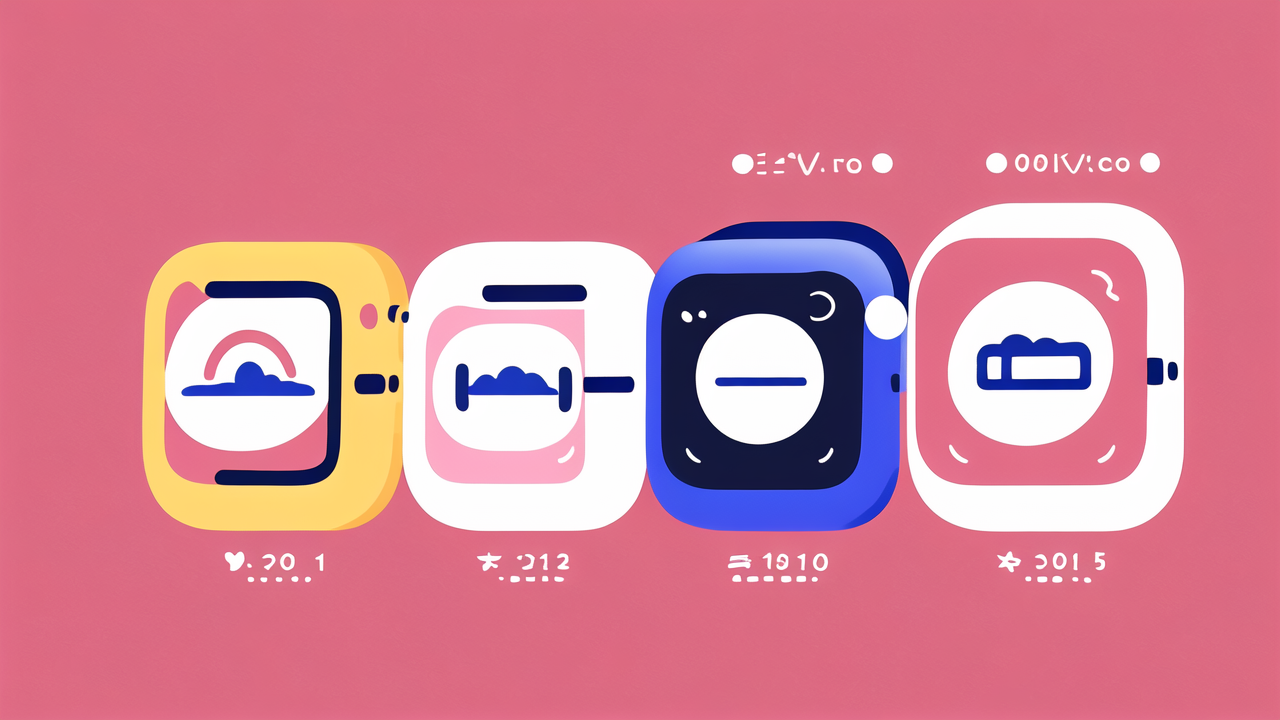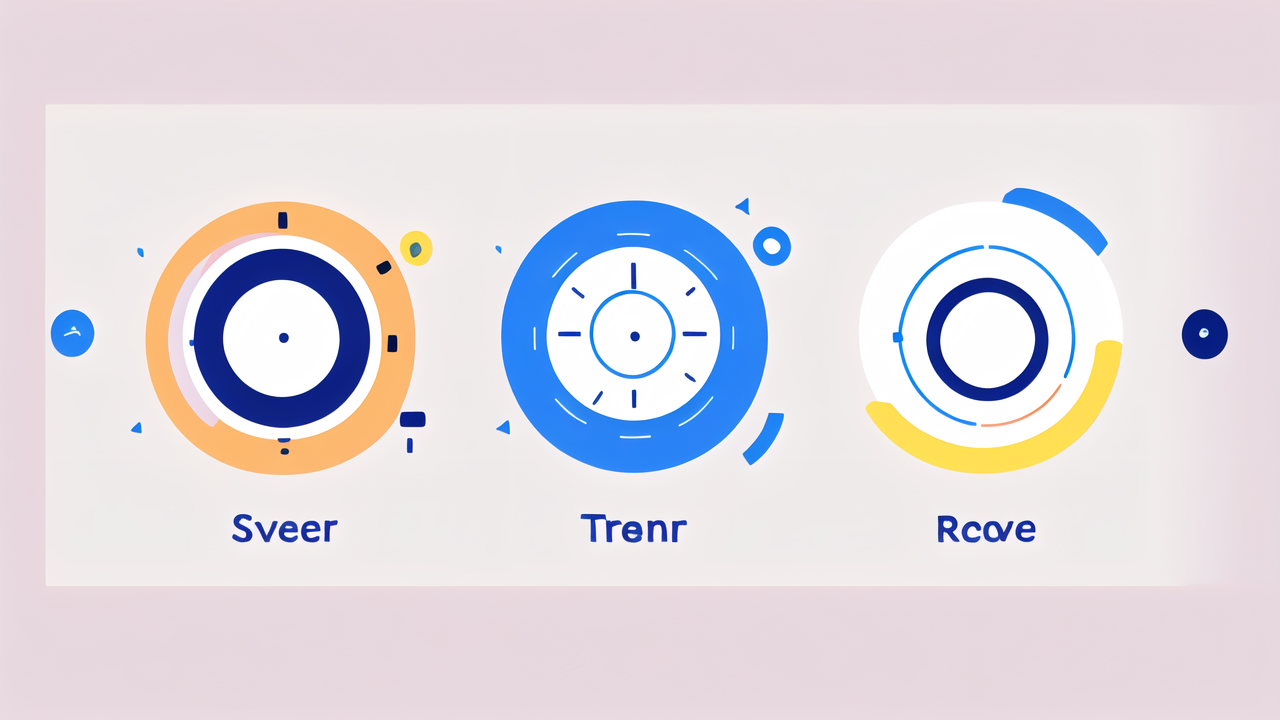The Rise of Pulse-Monitoring Smartwatches in the U.S. Market
The Evolution of Smartwatch Technology
Early smartwatches counted steps and told time. Now, they do much more. They track heartbeats and watch over health. Each year, new features like oxygen levels are added. Some also give advice on sleep and stress. As tech moves forward, watches get smarter. They now aim to protect our health. This has made them popular in the U.S.

Consumer Adoption of Health-Focused Wearables
In the United States, health-focused wearables have become a major trend. Consumers are increasingly adopting smartwatches with pulse-monitoring features. This surge is due to a growing interest in personal health and fitness. The ease of tracking heart rate has made these devices popular. They are now a staple in many health-conscious Americans' lives. People use them for daily activity tracking and monitoring their overall well-being. The functionality appeals to a wide range of users, from fitness enthusiasts to those with health concerns. The appeal also extends across age groups, including both younger and older demographics. The trend mirrors a shift towards preventive healthcare measures. It also shows a desire for immediate, accessible health data. As these wearables advance, their impact on the U.S. wellness scene grows.
Regulatory Landscape for Wearable Devices
The wearables market, including pulse-monitoring smartwatches, faces a complex regulatory landscape in the U.S. To protect consumers, devices must comply with FDA guidelines, which vary based on the device's intended use. For those classified as medical devices, stricter rules apply. Privacy laws, like HIPAA, also govern how personal health data is handled. This ensures users' sensitive information is securely managed. Despite challenges, the trend towards integrating health tech seems unstoppable.
Analyzing the Influence of Smartwatches on Wellness and Healthcare
Enhancing Personal Health Awareness with Pulse Tracking
The impact of smartwatches on U.S. wellness trends is profound. With pulse tracking, they boost health awareness. These gadgets measure heart rate day and night. This data helps users note changes and seek care when needed. People now track workouts and rest based on heart rate. Many now see these devices as key to staying healthy. The constant monitoring is a nudge to make better lifestyle choices.
The Role of Smartwatches in Telemedicine and Remote Monitoring
Smartwatches have redefined telemedicine and remote patient monitoring. They offer a reliable way for doctors to track vital signs remotely. This helps in managing chronic conditions and prevents emergencies. These devices send alerts when readings deviate from the norm. Thus, they act as a bridge between patients and healthcare providers. They also ensure continuous monitoring without the need for hospital stays. This could save costs for patients and the healthcare system. The convenience and efficiency of smartwatches in telemedicine cannot be overstated. They are becoming a key part of modern healthcare delivery in the U.S.
Case Studies: Success Stories and Outcomes
Smartwatches have helped many people improve their health. Let's look at real-life examples. One case is of a man who avoided a heart attack by heeding his watch’s alert. A study showed that users with trackers walked more daily. Hospitals also use these devices to check patients remotely. The data aids doctors without needing a physical visit. These stories show the true impact of smartwatch tech on health and well-being.
Future Perspectives: The Potential of Pulse-Monitoring Wearables
Innovations in Smartwatch Health Features
- Advanced Biometrics: Future smartwatches may track more than heart rates. They might measure blood oxygen levels, stress indicators, and even blood pressure without cuffs.
- Longer Battery Life: To support continuous health monitoring, next-gen smartwatches could have batteries that last weeks, not just days.
- Improved Accuracy: Ongoing research aims to improve the precision of health metrics. This means heart rate data you can trust.
- Predictive Health Analytics: Smartwatches may soon predict health events. Think early warnings for heart issues or fatigue levels.
- Custom Health Programs: Imagine a watch that designs workout plans based on your pulse data. It's likely coming.
- Non-Invasive Glucose Monitoring: A breakthrough feature in the works is the ability to check blood sugar levels without needles.
- Seamless Connectivity: Future devices will connect better with other health apps and devices. This means all your health data in one place.
- Mental Health Monitoring: By tracking stress and sleep patterns, watches will offer insights into your mental wellness too.
Integration with Healthcare Systems and Data Analytics
The potential of pulse-monitoring wearables is vast. They are poised to revolutionize healthcare.
One key aspect is their integration with healthcare systems. This will allow for seamless data transfer between patients and providers.
- Data Analytics: Vital signs recorded by smartwatches can be analyzed to predict health trends.
- Improved Outcomes: Early intervention can be triggered by data from wearables, leading to better health results.
- Cost Efficiency: Wearables may reduce the need for in-person visits, cutting healthcare costs.
This integration promises to enhance patient care. It also aims to make healthcare more accessible and data-driven. But it comes with challenges. These include ensuring data privacy and overcoming technical barriers.
Overall, pulse-monitoring wearables hold great promise in advancing health tech and analytics.
Challenges and Opportunities for Wearable Tech in the Health Sector
Pulse-monitoring wearables are reshaping health tech in the U.S. But the road ahead has hurdles. Let's explore the key challenges and rich opportunities they offer. Challenges: Firstly, privacy concerns loom large. Users worry about data safety. Standards for data protection are needed. Secondly, device accuracy varies. It may affect medical trust in these tools. Efforts to improve precision are critical. Lastly, there's the issue of cost. These gadgets aren't cheap. We need cost-effective solutions for wider use. Opportunities: On the flip side, there's plenty to be excited about. These wearables can boost preventative care. By catching issues early, we can save lives. They also make personal health data abundant. This gives users unique insights. And finally, wearables can offload some work from doctors. They offer continuous health tracking without clinic visits. Looking ahead, smartwatches are a promising piece of health tech innovation.




Leave a comment
This site is protected by hCaptcha and the hCaptcha Privacy Policy and Terms of Service apply.